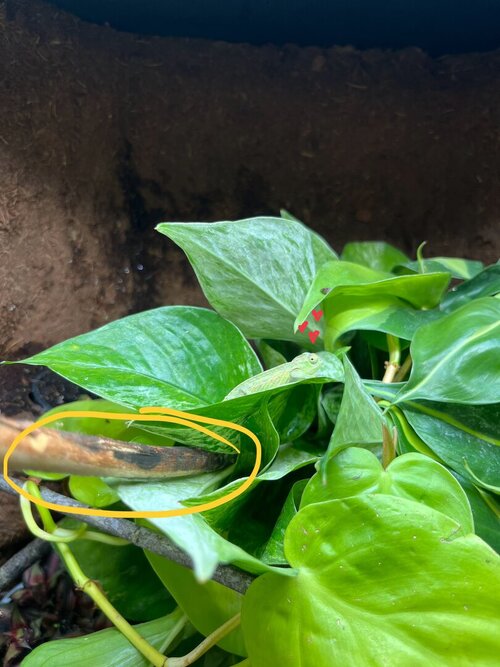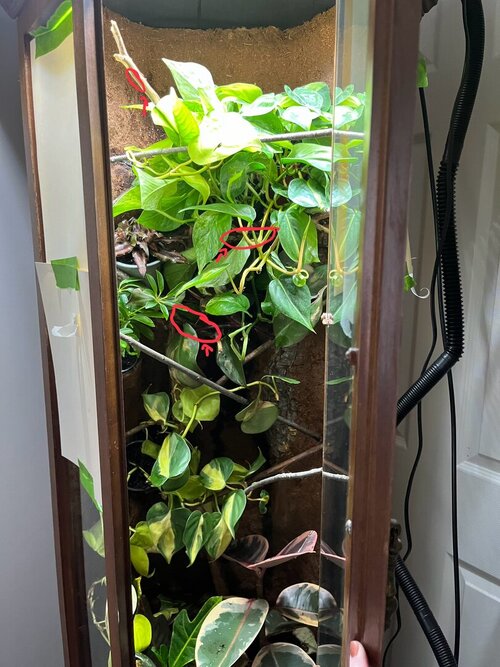karenthecarpetchameleon
New Member
Hi folks! Has anyone tried using Hydrogen peroxide 3% to sanitize sticks mold on them?
I’m adding a fan to the top of the enclosure to help with airflow however I still am unsure if I just need to replace all the sticks or if I can use hydrogen peroxide to sanitize them.
Has anyone used Flukers vines and are they ok or do they also grow mold…?
Thank you for ALL your help
I’m adding a fan to the top of the enclosure to help with airflow however I still am unsure if I just need to replace all the sticks or if I can use hydrogen peroxide to sanitize them.
Has anyone used Flukers vines and are they ok or do they also grow mold…?
Thank you for ALL your help











